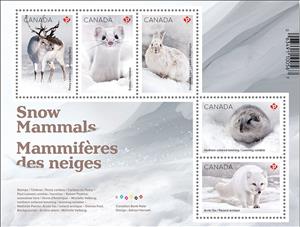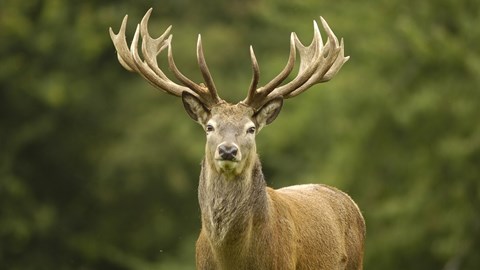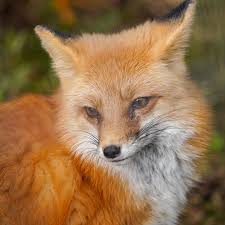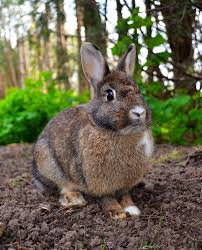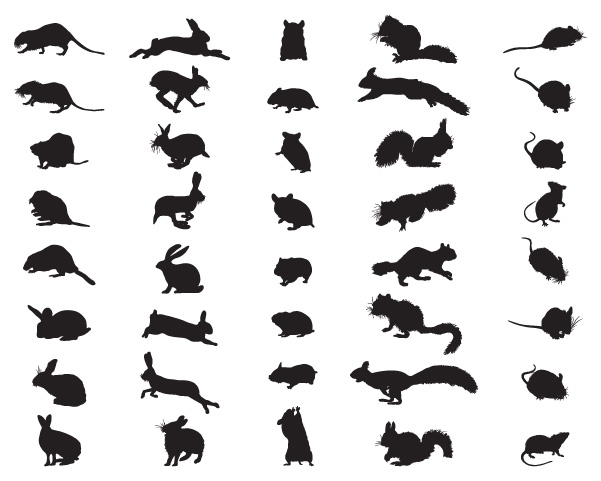Souvenir Sheet: Snow Mammals (Canada 2021)
Snow Mammals (Canada 2021)
16 February (Canada ) within release Snow Mammals (2021) goes into circulation Souvenir Sheet Snow Mammals face value 5*P No Face Value
| Souvenir Sheet Snow Mammals in catalogues | |
|---|---|
| Colnect codes: | Col: CA 2021-03SS |
Souvenir Sheet is horizontal format.
Face value C$0.92 per stamp on day of issue.Also in the issue Snow Mammals (2021):
- Stamp - Arctic fox (Vulpes lagopus) face value P;
- Stamp - Arctic fox (Vulpes lagopus) face value P;
- Stamp - Ermine (Mustela erminea) face value P;
- Stamp - Ermine (Mustela erminea) face value P;
- Stamp - Northern Collared Lemming (Dicrostonyx groenlandicus) face value P;
- Stamp - Northern Collared Lemming (Dicrostonyx groenlandicus) face value P;
- Stamp - Peary Caribou (Rangifer tarandus pearyi) face value P;
- Stamp - Peary Caribou (Rangifer tarandus pearyi) face value P;
- Booklet - Snow Mammals face value 10*P;
- Souvenir Sheet - Snow Mammals face value 5*P;
- Stamp - Snowshoe Hare (Lepus americanus) face value P;
- Stamp - Snowshoe Hare (Lepus americanus) face value P;
- Stamp - Arctic fox (Vulpes lagopus) face value P;
- Stamp - Ermine (Mustela erminea) face value P;
- Stamp - Northern Collared Lemming (Dicrostonyx groenlandicus) face value P;
- Stamp - Peary Caribou (Rangifer tarandus pearyi) face value P;
- Stamp - Snowshoe Hare (Lepus americanus) face value P;
- Booklet Pane - Snow Mammals booklet pane face value 10*P;
Souvenir Sheet Snow Mammals it reflects the thematic directions:
Animals are multicellular, eukaryotic organisms of the kingdom Animalia (also called Metazoa). All animals are motile, meaning they can move spontaneously and independently, at some point in their lives. Their body plan eventually becomes fixed as they develop, although some undergo a process of metamorphosis later on in their lives. All animals are heterotrophs: they must ingest other organisms or their products for sustenance.
A deer (pl.: deer) or true deer is a hoofed ruminant ungulate of the family Cervidae. It is divided into subfamilies Cervinae (which includes, among others, muntjac, elk (wapiti), red deer, and fallow deer) and Capreolinae (which includes, among others reindeer (caribou), white-tailed deer, roe deer, and moose). Male deer of almost all species (except the water deer), as well as female reindeer, grow and shed new antlers each year. These antlers are bony extensions of the skull and are often used for combat between males.
Foxes are small-to-medium-sized omnivorous mammals belonging to several genera of the family Canidae. They have a flattened skull; upright, triangular ears; a pointed, slightly upturned snout; and a long, bushy tail ("brush").
Mammals are any vertebrates within the class Mammalia (/məˈmeɪli.ə/ from Latin mamma "breast"), a clade of endothermic amniotes distinguished from reptiles (including birds) by the possession of a neocortex (a region of the brain), hair, three middle ear bones and mammary glands. All female mammals nurse their young with milk, secreted from the mammary glands. Mammals include the largest animals on the planet, the great whales. The basic body type is a terrestrial quadruped, but some mammals are adapted for life at sea, in the air, in trees, underground or on two legs. The largest group of mammals, the placentals, have a placenta, which enables the feeding of the fetus during gestation. Mammals range in size from the 30–40 mm (1.2–1.6 in) bumblebee bat to the 30-meter (98 ft) blue whale. With the exception of the five species of monotreme (egg-laying mammals), all modern mammals give birth to live young. Most mammals, including the six most species-rich orders, belong to the placental group. The largest orders are the rodents, bats and Soricomorpha (shrews and allies). The next three biggest orders, depending on the biological classification scheme used, are the Primates (apes and monkeys), the Cetartiodactyla (whales and even-toed ungulates), and the Carnivora (cats, dogs, seals, and allies).
Rabbits are small mammals in the family Leporidae (which also includes the hares), which is in the order Lagomorpha (which also includes pikas). The European rabbit, Oryctolagus cuniculus is the ancestor of the world's hundreds of breeds of domestic rabbit. Sylvilagus includes 13 wild rabbit species, among them the seven types of cottontail. The European rabbit, which has been introduced on every continent except Antarctica, is familiar throughout the world as a wild prey animal, a domesticated form of livestock and a pet. With its widespread effect on ecologies and cultures, in many areas of the world, the rabbit is a part of daily life – as food, clothing, a companion, and a source of artistic inspiration.
Rodents (from Latin rodere, 'to gnaw') are mammals of the order Rodentia (/roʊˈdɛnʃə/ roh-DEN-shə), which are characterized by a single pair of continuously growing incisors in each of the upper and lower jaws. About 40% of all mammal species are rodents. They are native to all major land masses except for Antarctica, and several oceanic islands, though they have subsequently been introduced to most of these land masses by human activity.
